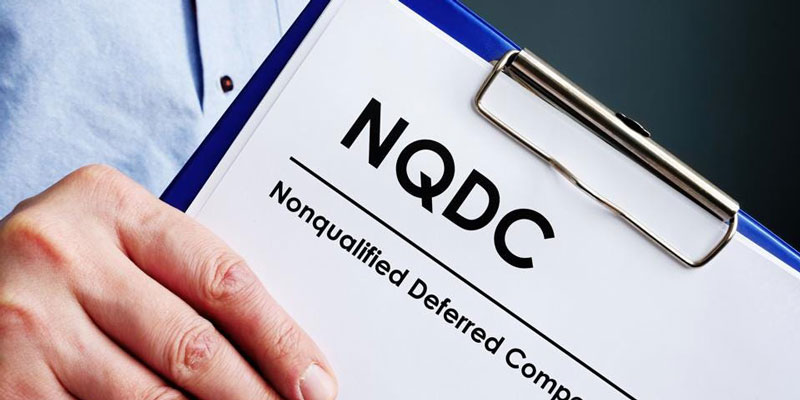T Rowe Price Funds
Dec 25, 2023 By Triston Martin
T. Rowe Price is widely regarded as one of the most reputable and successful no-load mutual fund businesses in the United States. In terms of size and choices, it is less comprehensive than Vanguard and Fidelity. However, it provides many high-quality no-load funds, which means that you may construct a fantastic portfolio with just this one fund family.
Beginning With the Most Appropriate Portfolio Structure
Reviewing the core and satellite portfolio structure is a beneficial first step before deciding which T. Rowe Price funds are most advantageous to utilize in your investment strategy. A "core holding," is foundation for constructing a portfolio using this structure. This constitutes the majority of the total assets in the portfolio.
The several additional kinds of funds, often known as "satellite holdings," each contribute a minor part toward completing the total. Funds from various categories are often grouped to form satellites. These funds can include bond funds, small-cap stock funds, international stock funds, or even sector funds on occasion.
The major goal of this approach to portfolio construction is to mitigate risk by diversifying holdings, which translates to "making sure all of your eggs are in separate baskets." At the same time, it has the potential to provide respectable returns, which will help you fulfill your long-term objectives.
Choosing the Right Combination of Funds

However, investors are not required to employ sector funds like PRHSX health sector equities. If you add new types of industries, a sensible aim would be to maintain the allocation at around 5 percent for each industry. Make every effort to keep your overall allocation to sectors at no more than 15% (with 5% each going to three separate sector funds). Your investment portfolio won't be as vulnerable to the ups and downs of any one sector of the economy if you do this.
There is no hard and fast rule about the optimal amount of funds that should be included in a portfolio; this particular portfolio has five funds. A suitable number of funds would be somewhere in the range of three to seven. Regardless of the T. Rowe Price funds, you decide to invest in; you should always employ a varied selection of mutual fund categories. Your investment portfolio will be more diversified as a result of your efforts.
T. Rowe Price Blue Chip Growth: HOLD

T. Rowe Price & Company, The recent modification, which has been one of the top T. Rowe Price funds for quite some time and is widely accessible in 401(k) plans, has caused us to pause for at least a minute. After over 30 years of service as the longstanding manager of this blockbuster fund, Larry Puglia stepped down from his role in October. Since he started TRBCX in June 1993 (together with Thomas Broadus, who stepped down in 1997), it has generated an annualized return of 12.4%, much higher than the return of 10.6% that the S&P 500 generated during the same period. Puglia's resignation is the most important factor in our decision to place a Hold on the fund.
Paul Greene, the company's new manager, has been with T. Rowe Price since 2006 when he joined the company as an analyst. He most recently served as the manager of T. Rowe Price Communications & Technology (PRMTX), a position he will hold until April 2020. During that period, the fund had an annualized return of 13.8%, which was higher than the returns generated by the average communications fund, technology fund, and the S&P 500.
This provides some indication that Greene is capable of assuming leadership responsibilities at Blue Chip Growth. However, the changeover from one management to the next may be challenging. Even though Greene will be successful in achieving the goal of TRBCX, which is to invest in stocks of large, established companies with above-average growth potential, the decisions that Greene makes regarding buying and selling stocks will be different from those that Puglia makes. These differences could be for the better or for the worse. He may also wish to make some adjustments to the portfolio he inherited.
In addition, Price recently submitted a request to SEC to have TRBCX reclassified from its current status as diversified to non-diversified. Because of this, Greene can invest a larger part of the fund's assets in a smaller number of issuers; nonetheless, this may increase the fund's volatility to some degree.

All About Basics of Algorithmic Trading: Concepts and Examples

Roofstock Review 2024: Real Estate Investment Made Easier

Securing Contractor Insurance: A Step-by-Step Procurement Guide

What Is An Imputed Cost? Everything You Need To Know

Why There Is No Dell Stock

NatWest’s Investment in Tech Innovation

Great Western Insurance Company: Behind the Scenes of Customer Satisfaction

What Is Warren Buffett's Investment Strategy?

Tracing the Evolution of the Chinese Yuan Renminbi: From Ancient Beginnings to Modern Power

